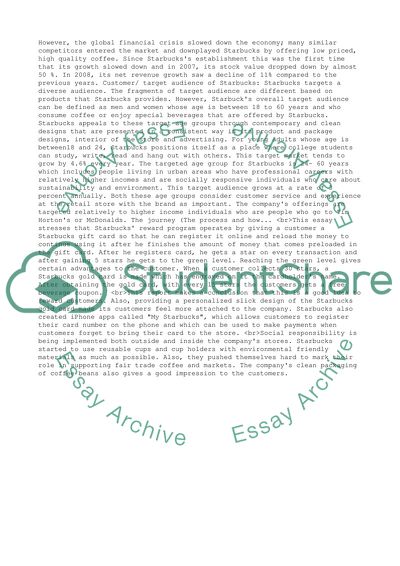Cite this document
(“Starbucks Management Strategy Essay Example | Topics and Well Written Essays - 1500 words”, n.d.)
Retrieved from https://studentshare.org/management/1470179-starbucks-management-strategy
Retrieved from https://studentshare.org/management/1470179-starbucks-management-strategy
(Starbucks Management Strategy Essay Example | Topics and Well Written Essays - 1500 Words)
https://studentshare.org/management/1470179-starbucks-management-strategy.
https://studentshare.org/management/1470179-starbucks-management-strategy.
“Starbucks Management Strategy Essay Example | Topics and Well Written Essays - 1500 Words”, n.d. https://studentshare.org/management/1470179-starbucks-management-strategy.


